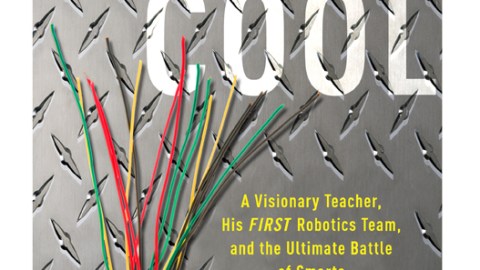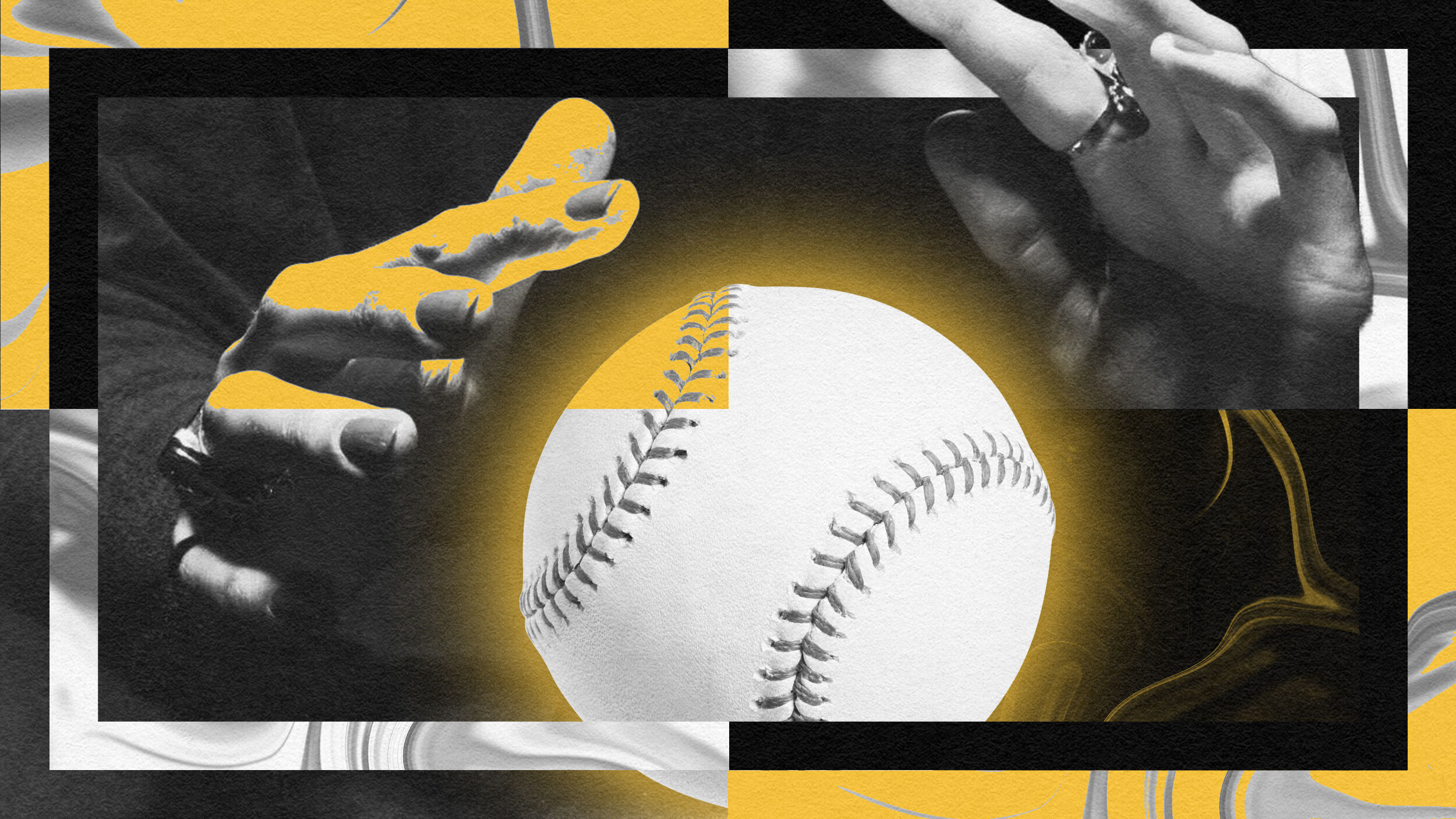Book review – The new cool

This post is a review of The New Cool: A Visionary Teacher, His FIRST Robotics Team, and the Ultimate Battle of Smarts by Neal Bascomb. My short recommendation? This book is a super-fun read that will get you into the hearts and minds of some of the most promising youth in our country.
What I liked about the book
Bascomb is a bestselling author, known for his books The Perfect Mile, Higher, and Hunting Eichmann. In this story, he profiles a California teacher and the students he is mentoring for Dean Kamen’sFIRST Robotics Competition. Bascomb hooked me as a reader early on; I was very quickly empathetic to and interested in what happened to these adolescents and their mentors.
The story is about a group of high school students who are trying to create a robot that will succeed in the national robotics competition. While that might not sound too exciting on its face, Bascomb does a superb job of conveying the thrill and agony of competitive robotics [Note: these are not battle bots; they’re more like a ‘Mars rover’]. From the very beginning, the odds are stacked against these students. Not only do they not get along with each other very well, the technical challenges that they have to overcome are quite daunting and their competitors across the country are more experienced and have a long history of success.
As the book progresses, the tension mounts: Could anything more go wrong with their robot? Will they get it built by the deadline? Will it succeed in competition? Will they all keel over and die from exhaustion? I sighed in relief multiple times as the high school robotics team overcame many of its obstacles. The challenges of building a working team, the critical importance of the coaches, the win-or-go-home competitions – all of the elements are there, just as they are for competitive athletes or musicians.
One of the best parts of this book for me was learning more about the FIRST competitions. I am chagrined to say that I knew virtually nothing about FIRST beforehand other than that some kids in our middle school are involved in Lego League; now I’m a big fan. The hands-on engineering challenges that students across the country are working on are first-rate. If, like me, you know nothing about FIRST, I encourage you to learn more and to support one or more of its competitions: Lego League, Junior Lego League, Tech Challenge, and Robotics Competition.
Some quotes
Why do we do FIRST? Because the world’s a mess. Read the news. Look around you. We got lights, clean water, ways to get around. We have hospitals, schools, safe malls. But two-thirds of all people alive today, 4 billion people, live on less than $2 a day. Half of them live on $1 a day. That’s their whole life. We’re the richest in the world, by far. And the world’s a mess. Somebody’s got to fix it. Do you think the people living on a buck a day, who don’t have clean water, schools, technology, education, do you think those people can fix it? No. You have to fix it. (Kamen, p. 21)
AND
The robot is just a vehicle, just a tool. The skill sets you walk away with will give you careers for a lifetime. FIRST is a genuine card-carrying microcosm of the real world of engineering. We give you a little time, never as much as you need. We give you a little bit of material, never what you’d really want. You never know what the competitors are doing. FIRST really is a way to show you what the world of science, technology, inventing, and problem solving is. It’s all hard, and if this frustrates you, tough, it’s important. (Kamen, p. 22)
AND
The academy’s about analytical thinking, problem solving, and working with the team. . . . I think that we, as a country, need to improve our science and engineering, but I’m more of an advocate for all of our education to be structured like this – be it a business academy, engineering academy, et cetera. . . . Students are on the Internet these days, and information’s free. If we teachers don’t move beyond just being fountains of information, and instead focus on experiences, we’re losing touch with what students need. And the students know it. They’re sitting in class thinking ‘I can look up this stuff on Wikipedia right now.’ They can’t look up this experience on Wikipedia. (Amir, p. 73)
AND
Learning with always trumps learning from (p. 19)
AND
this is what distinguished the FIRST competition from a science fair where students took what they already knew and put together a project on their own. By intention, Dean Kamen had no rules about the level of mentor involvement, allowing the kids to get real experience working hand in hand with engineers.
Luke was now about to learn how to take a conceptual sketch, break it down to its individual working parts, design them to precise measurements for machining, and see how they meshed to form a functioning, efficiently designed mechanism. As Chase said, it was the difference between figuring out how to put together a go-cart on one’s own versus learning how to build a Maserati with help. (pp. 99–100)
. . . . He stopped, restarted, changed his sequence, asked Chase and his programmers questions, and listened to their input until he know how to fix the PenguinBot before the first qualifying match. In that moment, it was clear that the boundaries between teacher and students had broken down. They were equals. (p. 254)
AND
Before the first matches of the day, students and their coaches scrambled for the quick fix. They relinked broken chains, riveted loose frames, soldered wires, debugged code, and straightened bent aluminum rods with their bare hands. The smell of burnt metal, adrenaline, and sawdust saturated the air.
“ROBOT!” a kid shouted.
“Coming through! ROBOT!” echoed another. (p. 3)
Questions I have after reading the book
Rating
There’s a quote that is repeated several times in the book: Societies get the best of what they celebrate. There’s also a part where one of the students on the team says the word ‘nerds’ as he’s walking out the door. Another teammate takes offense. The first one then says:
What? I didn’t say ‘nerds’ and point at you. I said ‘nerds’ and you flipped your head. If I said ‘badasses,’ then you should look up, but not ‘nerds.’ (p. 61)
I concur. We’ve got some serious problems to solve. We need to do a better job of celebrating our scientists and programmers and inventors. We need a whole lot more graduates who think of themselves as ‘badass’ engineers.
Is this a life-changing book? Nope. Is it a great read and a fascinating story? Absolutely. A pageturner that I stayed up late to finish because I just had to know how it ended, I give The New Cool a solid 4 highlighters (out of 5).

[See my other reviews and recommended reading]





